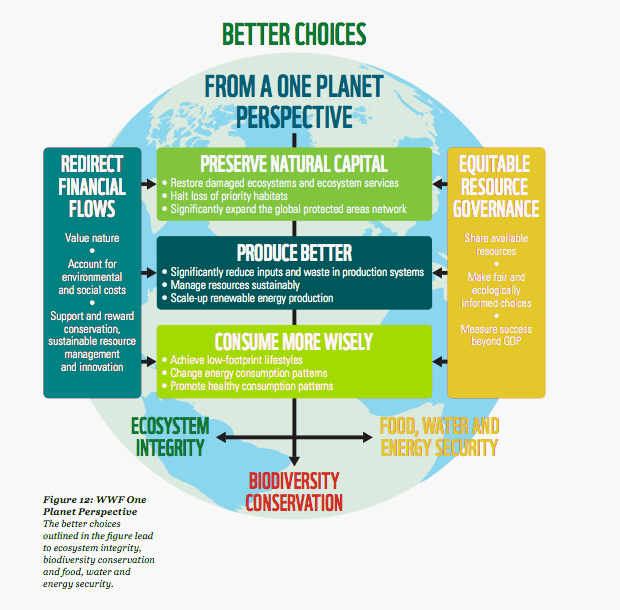“Population is the driver of just about everything and rapid population growth can exacerbate all kinds of challenges.”
Adrian Raftery, Professor at the University of Washington
The world is changing fast. Global population hit 7.4 billion in 2016, an increase of just over 2 billion since 1990. The United Nations forecast that our populations will keep growing, reaching 8.5 billion in 2030, 9.7 billion in 2050 and 11.2 billion in 2100.
Much of this growth will occur in the developing world. More than half of the global population growth between now and 2050 is expected to take place in Africa. Over 33 countries in the continent have a high probability of tripling their populations. The most notable growth is expected in Nigeria, where the population is estimated to surpass that of the United States by 2050. Asia, which houses 60% of the world’s current population, is demonstrating the highest growth rate in the world. Their population almost quadrupled in the 20th century and is expected to see a 20% increase by 2050.
Our exponentially growing populations will go hand in hand with economic growth in the developing world, causing one of the greatest shifts in consumption patterns as millions are lifted out of poverty. The Brookings Institution suggests the world could be majority “middle class” (and above) within a few years. The Boston Consulting Group has predicted that by 2020, the number of emergent and established households will account for 29% of the country’s total, compared to 18% in 2000. The middle class is already spending $35 trillion annually and this spending could nearly double by 2030, representing one-third of projected global GDP growth. A bigger middle class means even more consumption.
The fact is that current population and consumption trends cannot continue, for the simple reason that the earth doesn’t have enough resources for us to continue to exploit. The Living Planet Report, produced by the World Wildlife Fund, Global Footprint Network and the Zoological Society of London, found that by 2030 we would need the equivalent of another earth’s resources to meet unchanged present annual demand. Natural resources, including materials, water, energy and fertile land, are the basis for our life on Earth. We extract and use 60 billion tons of resources from the Earth every single year, which is 50% more than 30 years ago. Given current trends of growth, our extraction of natural resources could increase to 100 billion tons by 2030, an impossible figure, according to the report.
 Source: WWF
Source: WWF
The challenges of population growth are clear. Such external pressure on our resources is having a profound affect on our environment. Fresh water reserves and forests are shrinking, fertile land is being destroyed and species are becoming extinct – all at an unprecedented rate. Because the stakes are high, there is a heated debate over how to tackle the issue. There are growing calls for less of a focus on overpopulation and a bigger focus on finding alternatives to dangerous production and overconsumption. The key trends to focus on when considering this issue are the growing population, longer lifespans, poverty reduction, food security, and food consumption patterns. People are living longer and consuming more, a trend set to continue. As the earth’s finite natural resources are used up at a faster rate, all eyes will eventually turn to sustainable production to provide for the population in the future. This can be seen clearly in agriculture.
Today’s agricultural production model is unsustainable when facing the new food security challenges of the 21st century. To feed our rising populations we will need to double global crop production by 2050. We must therefore drive a profound shift in agriculture towards sustainable production. Sustainability refers to the ability of biological systems to remain diverse and productive indefinitely. If anything is unsustainable it will come to an end, which is simply not an option when referring to agriculture and global food supply.
How does this change to sustainability come about? With neem-based biopesticides and fertilizers, our agricultural production methods will shift from dangerous and unsustainable to natural, organic and sustainably able to support our earth, while producing the food we need to feed the global community, allowing mankind to finally thrive in harmony with our home that we have exploited for too long.
